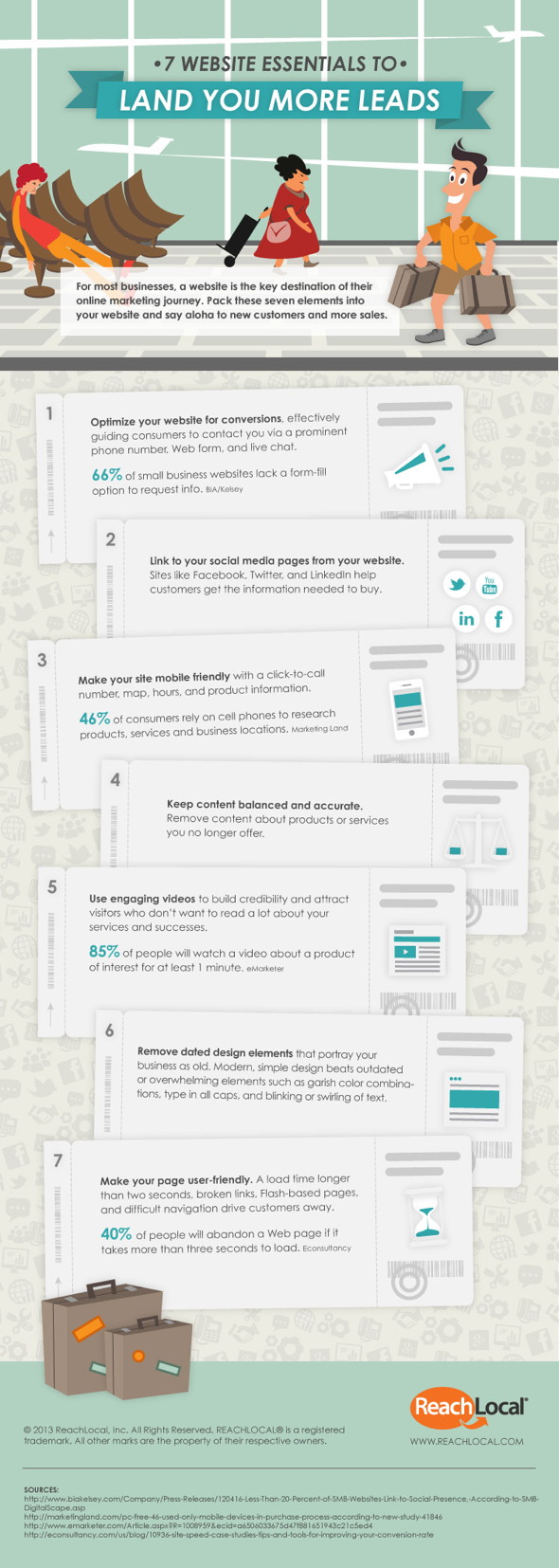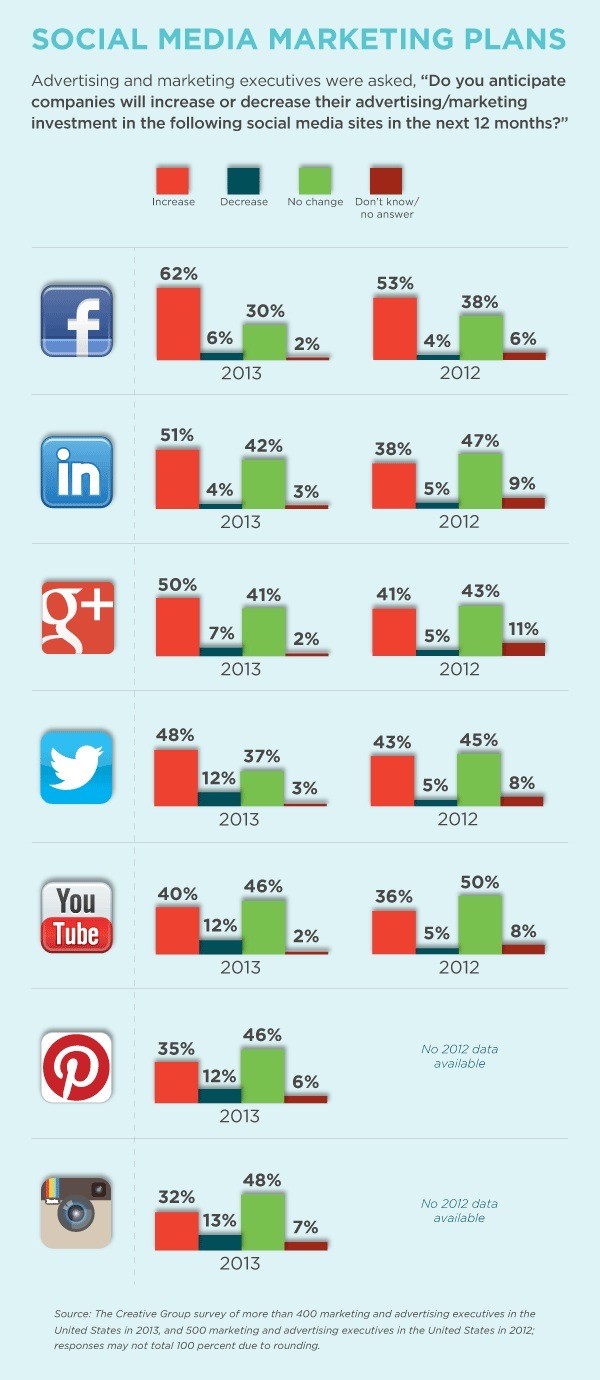 Incorporating a strong SEO strategy into the design of an ecommerce website can greatly improve its chances of success. For an online shop to succeed, customers must be able to easily find it using a search engine. Whether you’re using an expensive SEO consultant or simply relying on a subscription ecommerce platform, you’ll want to take heed of the following common mistakes made by ecommerce websites.
Incorporating a strong SEO strategy into the design of an ecommerce website can greatly improve its chances of success. For an online shop to succeed, customers must be able to easily find it using a search engine. Whether you’re using an expensive SEO consultant or simply relying on a subscription ecommerce platform, you’ll want to take heed of the following common mistakes made by ecommerce websites.
1. Not Including Product Descriptions
High quality photos are essential for ecommerce websites, but if there is no accompanying description the product stands a low chance of being picked up by search engines. Be sure to add descriptions to each product in order to help give each product page an SEO boost. In addition to the description itself, the navigation, text, sidebar, and footer all count towards the final word count. With unique, descriptive content you can help market your wares while becoming more visible by the search engines.
2. Duplicating Product Descriptions
One common mistake that ecommerce sites make is copying the manufacturer’s product description word-for-word, usually in an attempt to avoid making mistake #1. While this will give you an accurate product description, it can work against you in the end. If your site uses the same manufacturer description, there’s a high chance that other rivals are doing the same. This creates the problem of duplicate content. Either rewrite the description, or add your own editorial underneath it. The same rule goes for listing your products on 3rd party sites such as Amazon or eBay. If you use the same content that appears on your website, you’ll run into the problem of duplicate content.
3. Lack of Related Content
Product descriptions are a mainstay of any ecommerce website, but they are not the only facet of ecommerce SEO to pay attention to. Many buyers are interested in finding out more about your products and company. Include information about your business’s history, along with shipping and return policies. Keeping a business blog is an easy way to rejuvenate your site with fresh content, as is opening up the site to customer reviews.
4. Using Non-Targeted URLs
You may have beautifully written unique content on your ecommerce site, but what about your URLs? If these are a jumble of letters and numbers it can not only be confusing for visitors, but it misses out on a chance to incorporate keywords into a clean, descriptive URL.
5. Not Targeting Content to Keywords
As you work on revising your content, it’s helpful to keep the keywords that your customers are typing into search engines in mind. These can be easily followed using analytics tools and are important for promoting the right terms for your audience. Keywords and search terms can also be incorporated into your off page SEO strategy. When you create content that links back to your main website, if it includes these same keywords it will draw in the type of readers who would be interested in your shop.
6. Not Using Robots.txt
Using the robots.txt file gives ecommerce website owners a way to give instructions to search engine spiders. This helps you make sure that you have control over which pages you wish to be indexed and which you don’t. For example, you can use robots.txt to block areas of the website with duplicate content, such as tags or archives. Not using this can hinder your SEO presence.
By avoiding these six common mistakes, you can improve your ecommerce website’s chances of standing out from the crowd online.


 Incorporating a strong SEO strategy into the design of an ecommerce website can greatly improve its chances of success. For an online shop to succeed, customers must be able to easily find it using a search engine. Whether you’re using an expensive SEO consultant or simply relying on a subscription ecommerce platform, you’ll want to take heed of the following common mistakes made by ecommerce websites.
Incorporating a strong SEO strategy into the design of an ecommerce website can greatly improve its chances of success. For an online shop to succeed, customers must be able to easily find it using a search engine. Whether you’re using an expensive SEO consultant or simply relying on a subscription ecommerce platform, you’ll want to take heed of the following common mistakes made by ecommerce websites.







